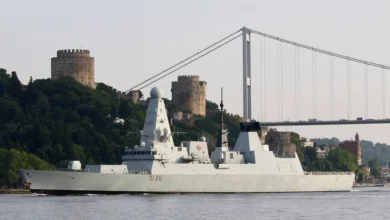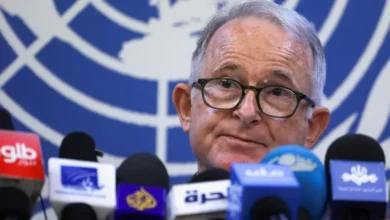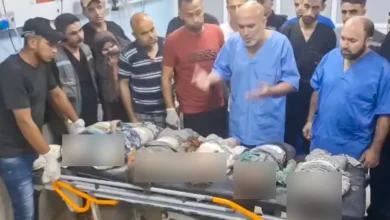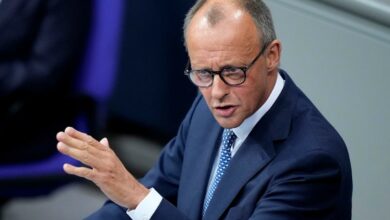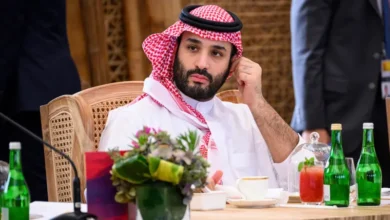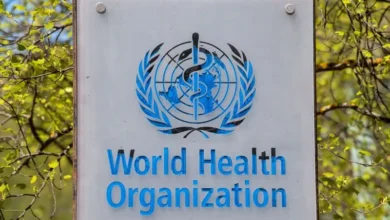Bombs to buzzing beaches: Sri Lanka sees tourism surge after long crisis
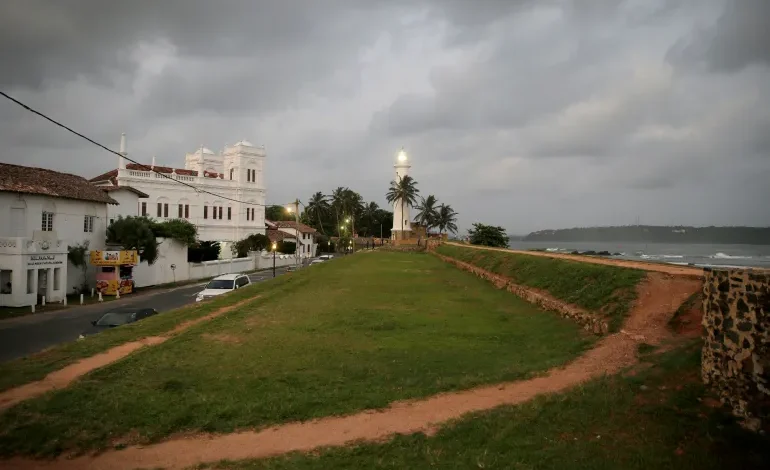
Devmith Kaggodarachchi’s beachfront hotel in the southwestern coastal town of Hikkaduwa, a tourist hotspot 136km (85 miles) from the capital Colombo, is nearing full capacity.
The three-star hotel, with air-conditioned rooms and private balconies looking into the Indian Ocean, is busy serving tourists visiting for the Christmas season.
That is not how it’s been for Sri Lanka’s tourism industry over the past four years. Tourist arrivals dropped drastically in 2019 after bombings in three luxury hotels and three churches on Easter killed more than 250 people. The COVID-19 pandemic hit before Sri Lanka had a chance to recover.
The country’s economic and political turmoil in 2022 – when its then-President Gotabaya Rajapaksa and his family had to flee, and essential commodities like fuel became almost impossible for everyday people to secure – further pushed tourists away from Sri Lanka.
But a concerted promotional drive to attract foreign visitors, aided by geopolitical tensions unrelated to the country, appears to finally be bearing fruit, offering the nation an engine of revenue that could play a pivotal role in helping Sri Lanka’s economy recover.
In 2023, Sri Lanka recorded more than 1.3 million tourist arrivals by the second week of December, official data show. It is the first time arrivals have crossed the 1 million mark in four years. More than 150,000 tourists visited in November, the highest monthly tally since March 2020.
“Tourists are trusting us now. After going back to their country, they talk good about us. Business is good at the moment,” Kaggodarachchi told Al Jazeera. “Our hotel can serve about 150 tourists at a time. At the moment, there are 130”.
Most tourists who have visited this year are from India, which hosted three roadshows promoting Sri Lanka’s tourism sector in April.But the Russian war in Ukraine has helped Sri Lanka too. Russia is the second-highest source of tourists to the country this year, at a time Russian tourists are not welcome in many other nations.
Encouraging numbers, but higher revenue needed
Industry stakeholders say that while higher tourist arrivals are a positive sign, there is a need to attract high-spending tourists to generate more revenue for the economy.
President Ranil Wickremesinghe has also urged the tourism sector to improve its products and services to cater to high-end tourists.
From January to November, tourism contributed $1.8bn in revenue – an increase of 78 percent compared with the same period last year. Tourism is Sri Lanka’s third-largest source of foreign exchange. On average, a tourist spends $181 daily, according to government data.
Suranga Silva, a professor in tourism economics at the University of Colombo, suggested that Sri Lanka could use its uninhabited islands to boost high-end tourism by offering exclusivity.
“If we can develop our islands as high-end tourist destinations, we can get tourists to spend more than $1000 daily. The service must be worth what they pay,” Silva told Al Jazeera.
Research published in 2018 identified at least 87 islands in Sri Lankan territory. Many are neglected and can be used to develop tourist resorts, bird sanctuaries and scenic attractions, the research found.
“Only luxury hotels aren’t enough. Tourists should be given a valuable tour package including domestic charter flights to take them to these locations,” Silva said.
In 2021, the World Economic Forum ranked Sri Lanka 74th among 117 countries on its Travel and Tourism Development Index, which measures factors and policies that enable the development of the travel and tourism sector.
‘Don’t kill the goose that lays golden eggs’
But even as Colombo promotes the country’s tourism internationally, many businesses in the sector fear that the government is at the same time weakening their ability to compete for global travellers.
From January 2024, the Sri Lankan government will lift an exemption on value-added tax (VAT), which it had extended to tourism operators in 2020.
“Our industry generates foreign exchange revenue quickly. So, our request is to exempt us from VAT,” Rohan Abeywickrama, the president of the Association of Small and Medium Enterprises in Tourism, told Al Jazeera.
Sri Lanka’s parliament recently voted to increase VAT from 15 to 18 percent, adding to the concerns of the sector.
That is to meet tax collection targets agreed with the International Monetary Fund which is offering the government a $2.9bn bailout package to tide over the country’s worst economic crisis since independence.
Businesses catering to tourists are already paying a Tourism Development Levy, Income Tax and Turnover Tax.
“When all these taxes are imposed on us, our production costs go up. So we become an expensive tourist destination,” Abeywickrama, an industry veteran who is also on the government’s tourism advisory committee, said.
“Tourism is driven by the private sector and is important to generate revenue. So the government must protect us and encourage us to remain in business. They shouldn’t kill the goose that lays golden eggs”.
The tourism sector is also asking the government to provide relief on their mounting debt and the multiple electricity and water tariff hikes imposed since last year.
Tour operators and safari four-wheel drive drivers say they have to put up with old vehicles as the government banned vehicle imports in early 2020 to control dollar outflows.
“The vehicle fleet is over 15 to 20 years old, which is a challenge with more breakdowns and high cost of repairs,” Nishad Wijetunga, the president of the Sri Lanka Association of Inbound Tour Operators (SLAITO), told Al Jazeera.
“Vehicle imports have not been allowed for the sector in spite of making requests and having discussions with the authorities”.

